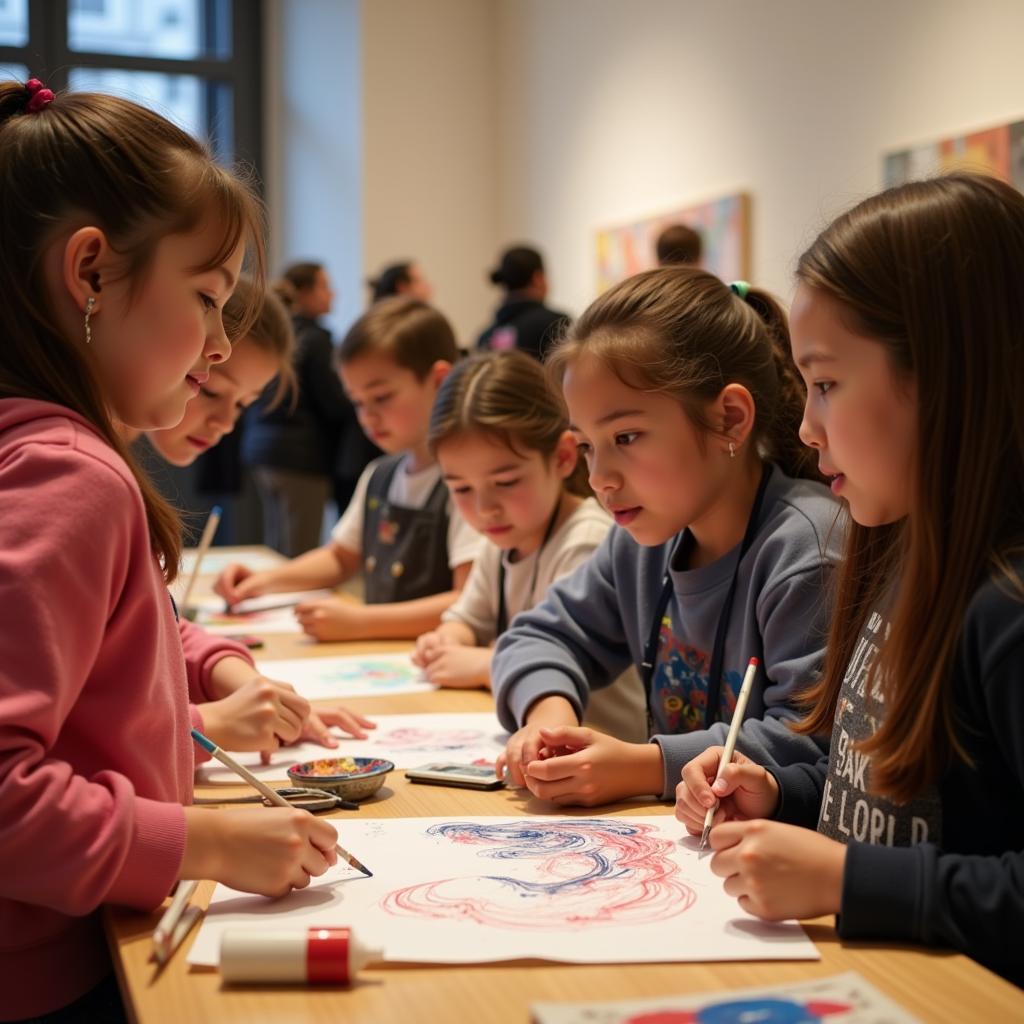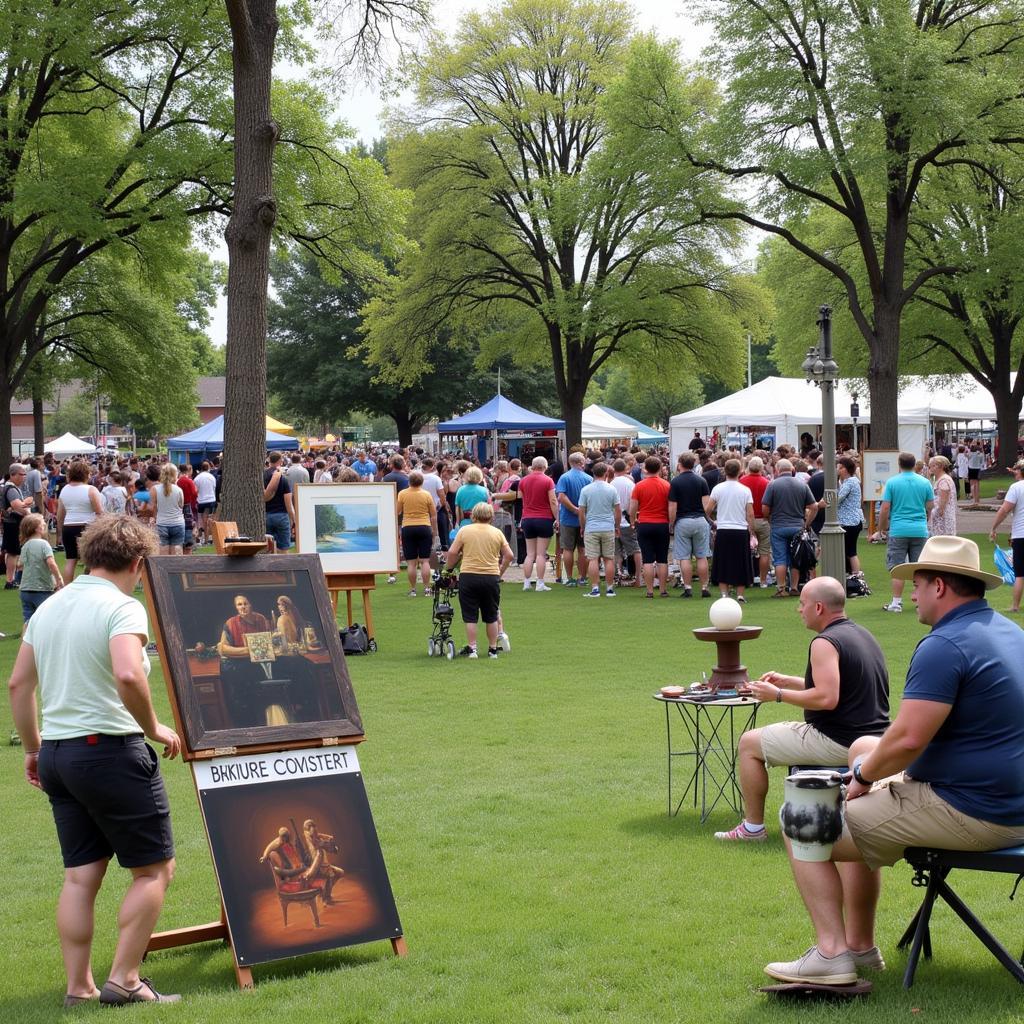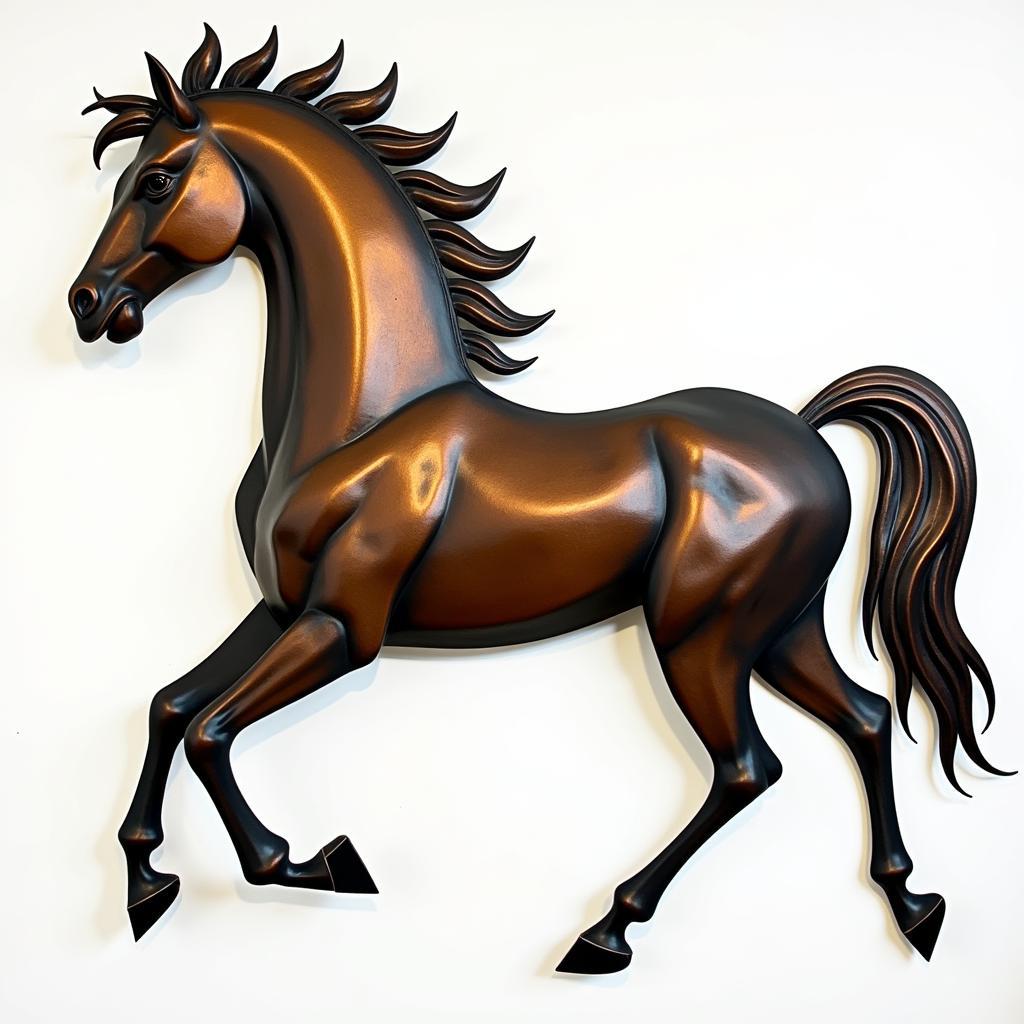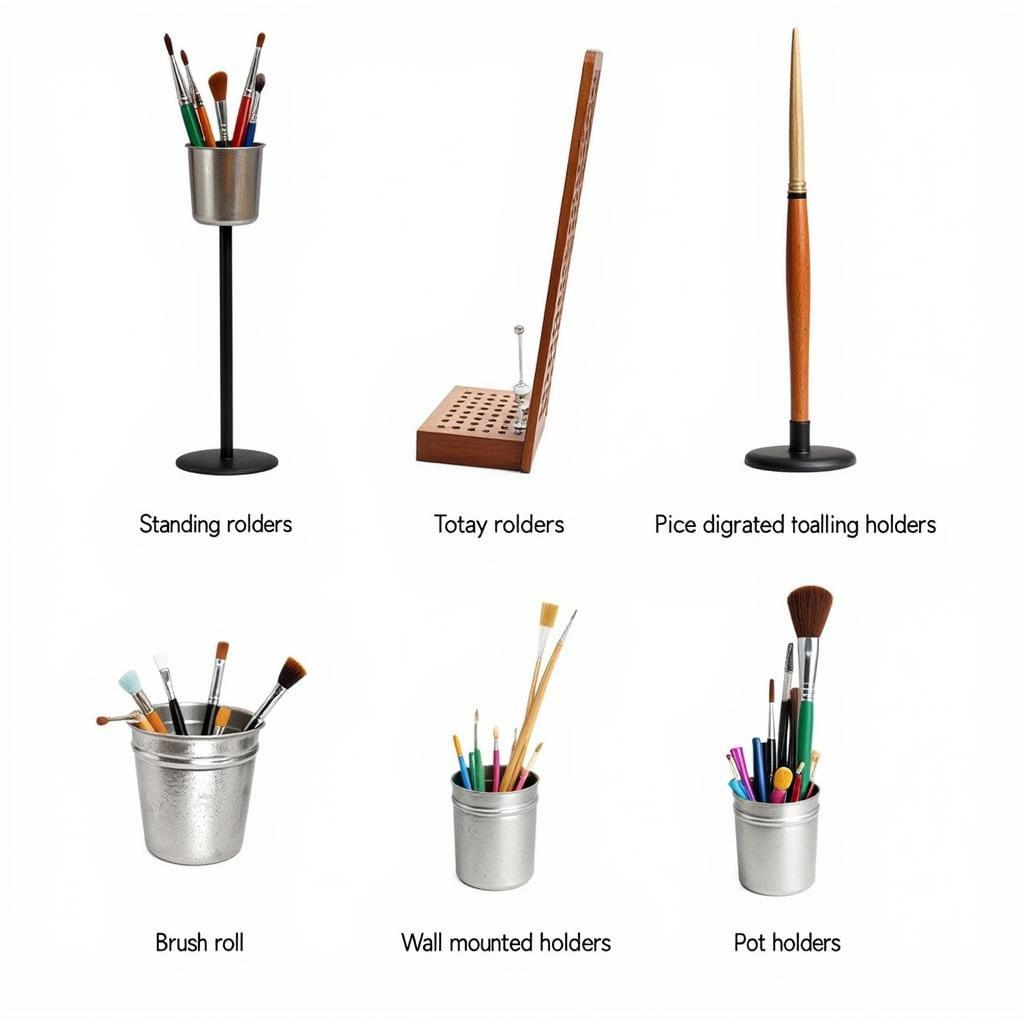Famous Religious Art Paintings: A Glimpse into History and Spirituality
Religious art has been a cornerstone of human expression for millennia, offering a glimpse into the spiritual beliefs and artistic practices of different cultures throughout history. Famous Religious Art Paintings, in particular, hold a unique power to captivate, inspire, and sometimes even challenge our understanding of the divine. These works, often housed in sacred spaces or renowned museums, continue to resonate with viewers today, prompting reflection and sparking dialogue about faith, humanity, and the nature of existence.
Exploring the Significance of Religious Art
From the intricate mosaics of Byzantine churches to the awe-inspiring stained glass windows of Gothic cathedrals, religious art transcends mere aesthetics. It serves as a powerful tool for:
- Storytelling and Education: For centuries, art served as a visual language, conveying biblical narratives and moral teachings to a largely illiterate audience.
- Spiritual Connection: Religious art often acted as a conduit between the earthly and the divine, inspiring contemplation, prayer, and a sense of awe.
- Propaganda and Power: Art has been utilized to reinforce religious doctrines, legitimize power structures, and inspire devotion or even fear.
Understanding the historical and social context surrounding famous religious art paintings is crucial to fully appreciating their impact and symbolism.
Iconic Religious Art Paintings and Their Enduring Legacy
A journey through the world of famous religious art paintings reveals an astonishing diversity of styles, techniques, and interpretations. Here are a few masterpieces that continue to captivate audiences worldwide:
The Sistine Chapel Ceiling by Michelangelo: This monumental fresco cycle, depicting scenes from the Book of Genesis, is a testament to Michelangelo’s artistic genius and his profound understanding of human anatomy and emotion.
The Last Supper by Leonardo da Vinci: This iconic work, capturing the moment when Jesus announces his imminent betrayal, revolutionized Renaissance art with its innovative use of perspective and psychological depth.
The Ghent Altarpiece by Jan van Eyck: This complex polyptych altarpiece, renowned for its meticulous detail and vibrant colors, showcases the technical brilliance of Early Netherlandish painting and the theological richness of Christian iconography.
The Transfiguration by Raphael: Considered one of Raphael’s greatest works, this painting seamlessly blends earthly and divine realms, demonstrating the artist’s mastery of composition, light, and color.
These are just a few examples of the countless famous religious art paintings that have shaped artistic movements, inspired countless artists, and continue to invite contemplation and wonder.
Beyond the Canvas: The Impact of Religious Art
Famous religious art paintings are not merely static objects confined to museum walls. They have inspired countless artistic reinterpretations, theological debates, and continue to shape our understanding of the past. From the devotional practices they inspired to the social and political movements they influenced, these works continue to hold a powerful place in our collective consciousness.
Conclusion
Exploring famous religious art paintings offers a unique window into the history of human spirituality, creativity, and the enduring power of artistic expression. Whether viewed within their historical context or appreciated for their sheer aesthetic beauty, these masterpieces continue to invite dialogue, inspire awe, and remind us of the timeless search for meaning and connection that lies at the heart of the human experience.
FAQ
What are some common themes found in religious art?
Common themes include creation stories, the lives of saints and prophets, scenes of salvation and damnation, and depictions of the afterlife.
How has the depiction of religious figures changed over time?
Artistic styles, cultural influences, and evolving theological interpretations have all contributed to the changing depictions of religious figures throughout art history.
Where can I see famous religious art paintings in person?
Many famous religious paintings are housed in museums and religious institutions around the world, such as the Louvre Museum, the Vatican Museums, and the Uffizi Gallery.
How can I learn more about the symbolism in religious art?
Art history books, museum websites, and online resources dedicated to religious art can provide valuable insights into the symbolism and iconography used in these works.
Need help organizing your art studio? Check out our art supply bin options for inspiration! And if you’re looking for a unique gift for an art-loving friend, consider our art french bulldog collection – a touch of whimsy for any studio!




